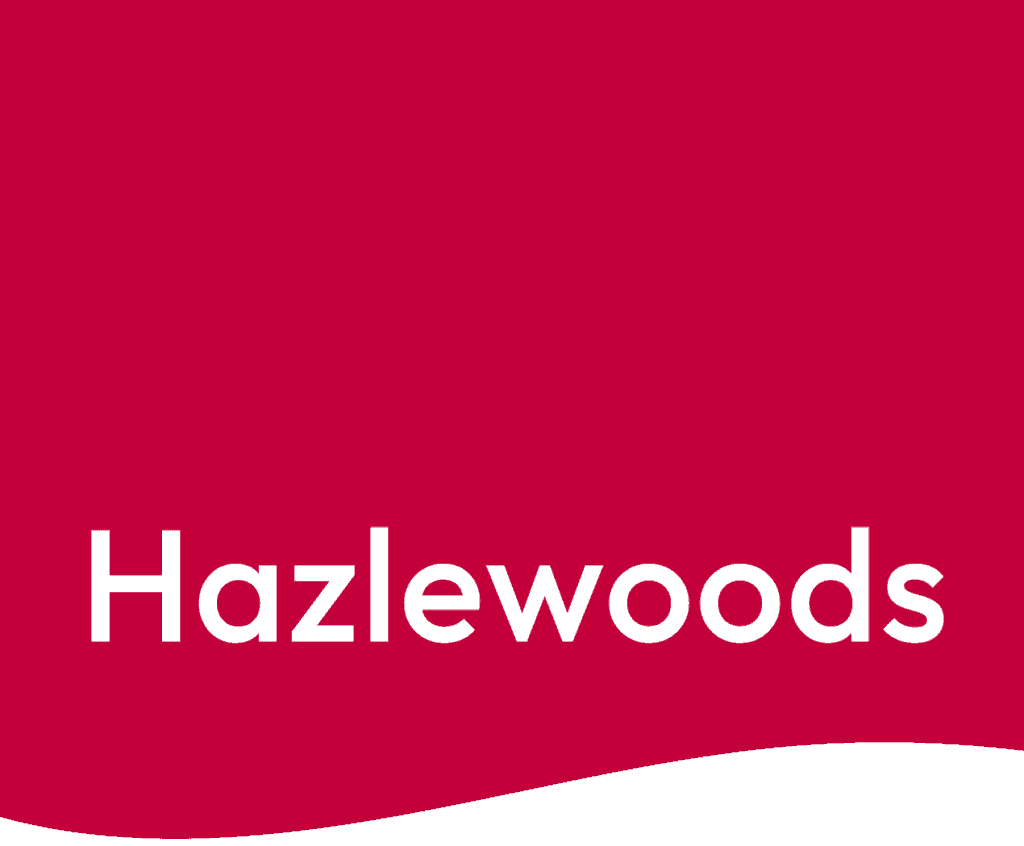Pharmacy market
Over the past 12 months the pharmacy market has been dominated by the sale of the Lloyds branches to a large number of acquirers. This has meant that resources, professional advisers’ time and finance has been spent on these acquisitions, which has potentially resulted in other pharmacies not coming to market in this period and the prices achieved possibly not being in line with previous years.
Many of the Lloyds branches were not producing a profit when they were acquired and will require significant time, resolution of staff and lease issues and potentially an increase in stock levels before the branch starts to make a profit and generate cash. Therefore, we have been recommending clients to allow at least six to 12 months to turn the branches around. This means that when acquiring a Lloyds branch or any branch in a similar position you need to factor into your cashflow forecast the impact of negative cashflows for the first six to 12 months.
Now that the majority of the Lloyds branches have been sold to the external parties, what does the next 12 months potentially hold for the market?
- It appears the corporate owners will continue to dispose of branches, though not on the same scale of the Lloyds disposal and therefore the market will be less impacted by these disposals.
- Finance and interest rates will play a major part in the appetite for acquisitions in the next 12 months. The recent pharmacy groups going into administration may reduce the banks’ appetite to lend to the sector and the increase in interest rates may make the return on investment not attractive for potential owners.
- Following the end of the five-year pharmacy deal, the new funding arrangement in March 2024 will be key over the next 12 months in determining the profit made by pharmacies and therefore the interest in the market and the prices paid.
Cashflow
The increasing drug and staff/locum costs has significantly impacted the cashflow of pharmacies over past 24 months, with many pharmacies feeling under pressure.
The underlying feeling is that the reimbursement prices for medicines have not kept up with the increasing prices from suppliers. We have compared the average increase in reimbursement prices over the past few years to the annual movement in CPI.
| Year ended 31/3/2023 | 31/3/2022 | 31/3/2021 | |
| Net ingredient costs | 8.26 | 7.95 | 8.14 |
| Discount | 0.55 | 0.55 | 0.59 |
| Reimbursement price net of discount | 7.71 | 7.39 | 7.55 |
| Movement | 4.3% | (2.0%) | 6.5% |
| Annual CPI | 8.9% | 6.2% | 1.0% |
As seen above, the reimbursement prices have not increased in line with inflation which would have impacted on the gross profit margin and cashflows of the pharmacy.
Services
We have also seen a reduction in the fees for the dispensing over the past three years, which could have been caused by the significant uptake in services, which is covered in further detail below. This has again led to a decrease in the profitability from dispensing.
| Year ended 31/3/2023 | Year ended 31/3/2022 | Year ended 31/3/2021 | |
| Average dispensing fees | 1.56 | 1.62 | 1.66 |
| Movement in fees | (3.4%) | (2.4%) | 5.6% |
Therefore, it is now more important than ever to perform the NHS services in the pharmacy. We have seen an increase in existing services such as NMS and CPCS over the past 12 months, as well as the new services showing significant growth. The amount of each service performed compared to 2022 has been summarised below along with the growth in items dispensed.
| Summary | 12 months ended 31/3/2023 | 12 months ended 31/3/2022 | Movement (%) |
| CPCS | 1,269,352 | 702,530 | 81% |
| Hepatitis C | 896 | 153 | 485% |
| Blood pressure checks | 984,930 | 115,419 | 753% |
| Blood pressure monitoring | 55,042 | 4,902 | 1023% |
| Completed DMS | 71,587 | – | 100% |
| Flu vaccinations | 5,005,224 | 4,838,727 | 3% |
| NMS | 2,841,637 | 2,094,660 | 36% |
| Pharmacy contractors – items dispensed | 1,093,098,510 | 1,056,722,17 | 3% |
Moreover, some of our clients have also increased their private services such as travel vaccinations and ear wax removal, as the demand from patients increases.
Overall, in the next 12 to 24 months we will potentially see a major change in pharmacy as services increase and the profit from dispensing decreases, which will drive further efficiency and automation.

